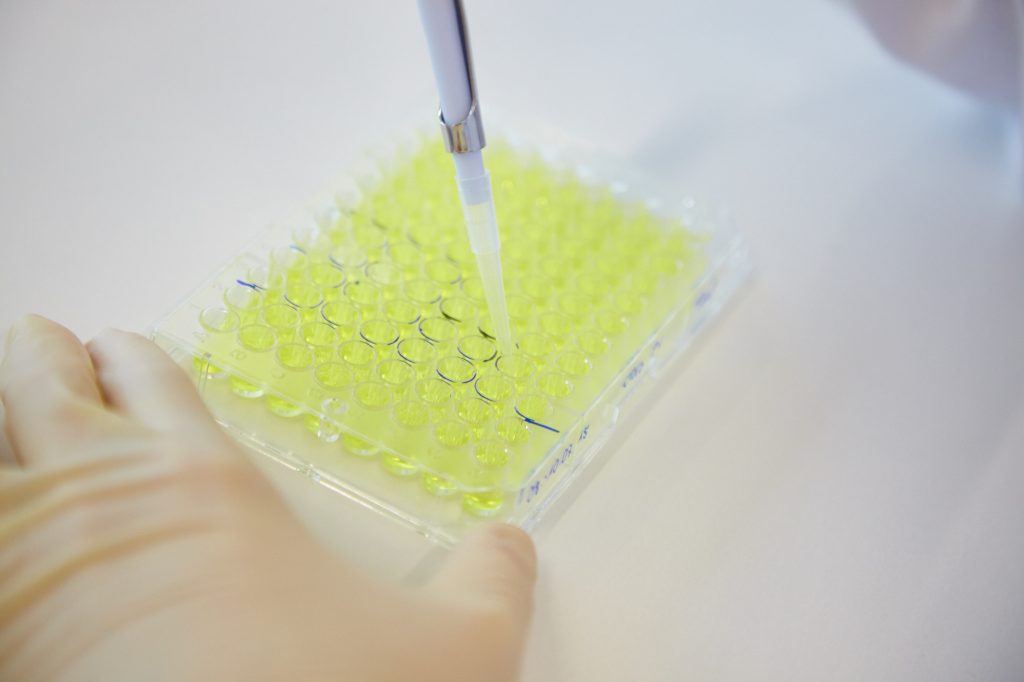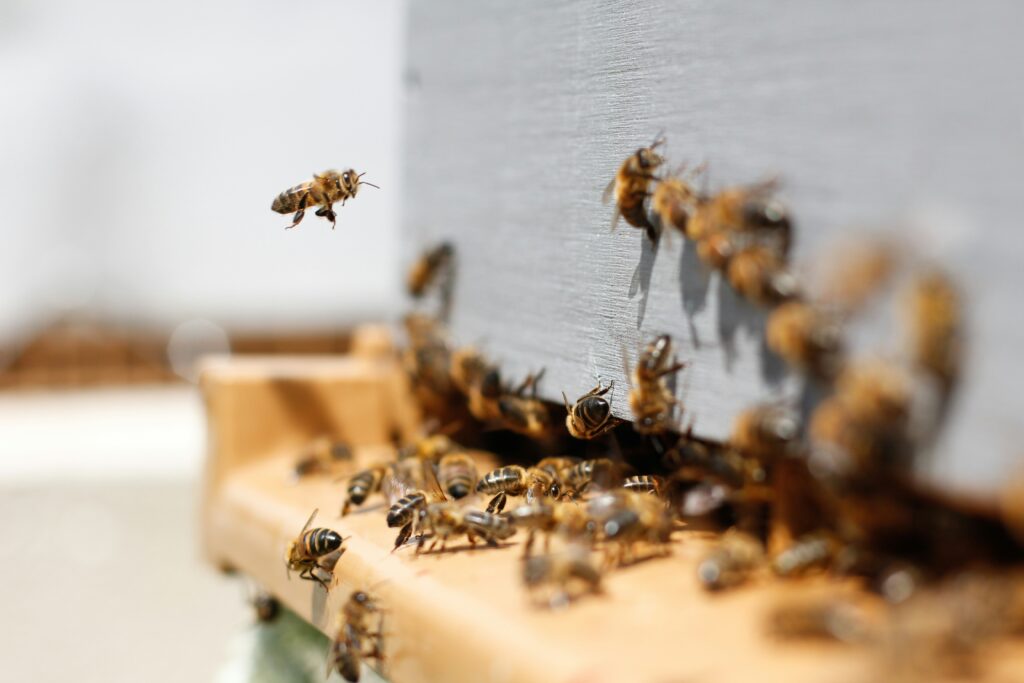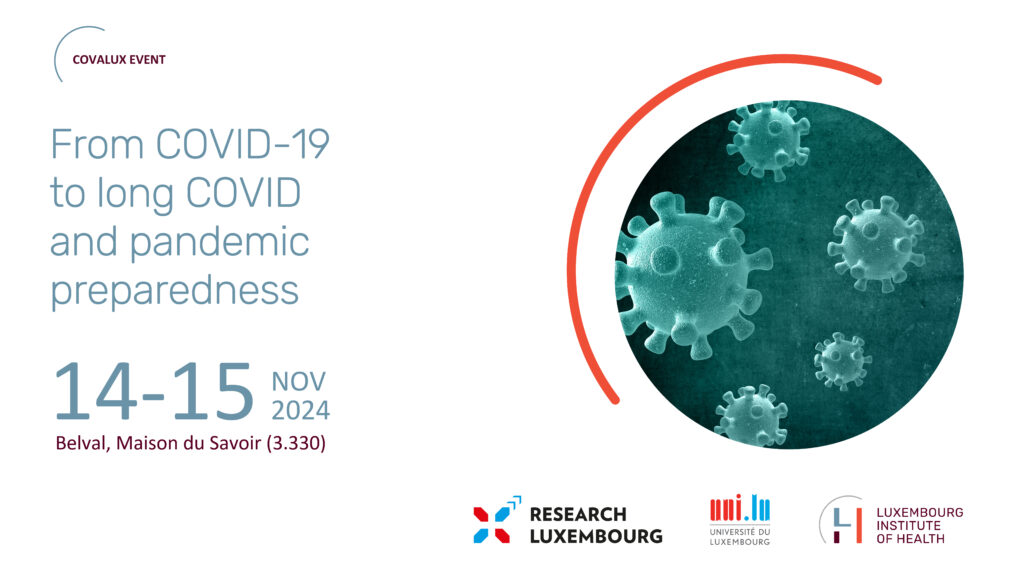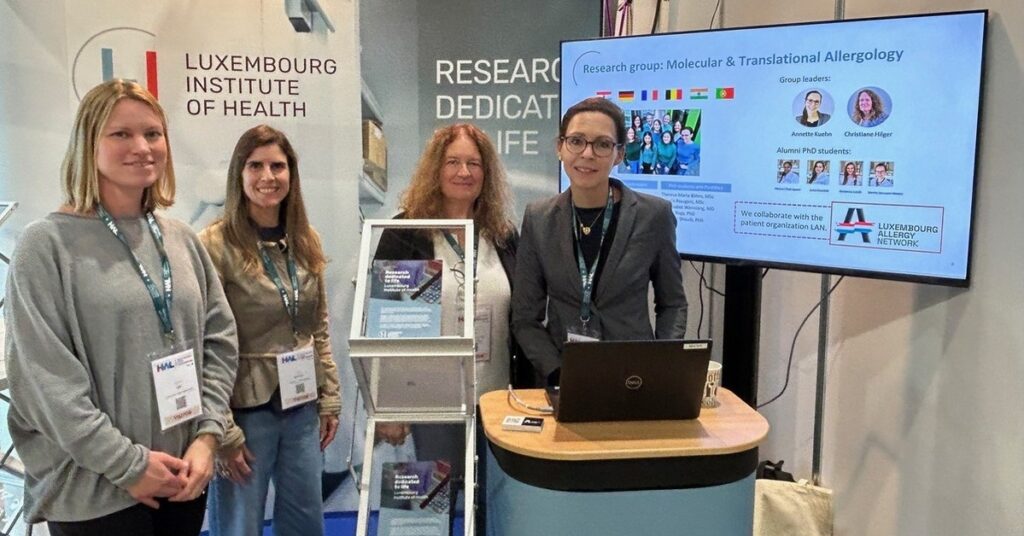News
Allergies: More than a gut feeling
Intestinal mucus barrier could be the missing piece of the puzzle in food allergy
- Department of Infection and Immunity
- Nutrition, Microbiome and Immunity
- Preventive Medicine
- Immunological Disorders

The prevalence of food allergies has reached epidemic levels, yet the cause remains largely unknown. In a recently published review, LIH Prof Desai discusses the clinical relevance of the gut mucosal barrier as a site for allergic sensitization to food. According to the group, studying the intricate links between the mucus barrier, the associated bacteria and the mucosal immune system may advance our understanding of the mechanisms to inform prevention and treatment strategies in food allergy.
Food allergen sensitization occurs when the regulatory immune responses fail to keep up with the induction of allergen-specific pro-inflammatory immune responses. Food allergies, such as those to peanuts, tree nuts, seafood and cow’s milk, can manifest at all ages, with a large spectrum of symptoms and varying delays in immune responses. The current incidence of food allergies has reached epidemic levels, without a clear identified cause. Western countries have been experiencing rising rates of food allergies with recent studies estimating food allergy prevalence in Europe and among US adults at 6% and 10%, respectively. The dramatic increase in food intolerance has led researchers and clinicians to propose modern lifestyle and environmental changes as a trigger.
In a collaboration with Prof Markus Ollert and Dr Annette Kuehn, Prof Mahesh Desai, Head of the Eco-immunology and Microbiome research group at the Department of Infection and Immunity of the Luxembourg Institute of Health, recently published a review on the clinical relevance of the gastrointestinal mucus barrier as a site for allergic sensitization to food. The study pieces together clinically important but unconnected links in literature with unrelated aspects of independent research by distinct labs, to underline the potential role of microbiota–mucus interactions in mediating food allergy and to provide clues about how the gut mucus barrier is important in maintaining the oral tolerance and limiting exposure to immunologically active allergen residues.
The intestinal mucus layer: key, but underappreciated
Mucus is a critical feature at mucosal surfaces, including the respiratory and digestive tracts. Mucus layers are secreted by goblet cells which cover the outermost layer of the digestive tract. The barrier they form plays an essential filtering role that keeps gut microbes out while allowing essential nutrients and important molecules to pass through. The mucus layer in the airways plays a similar protective role like that of the digestive tract, and during disease state, such as asthma, mucus regulation is impaired, causing pathophysiology. However, according to Ms. Parrish, a PhD student in Prof Desai’s group and a first author of the publication, “little is known about the factors driving the gut microbial imbalances and mediating the disease pathogenesis. The mucosal barrier, in particular the glycoprotein-rich mucus layer, which is mostly studied in the context of colitis and infections, has often been overlooked in its role in the development of food allergies.”
In the context of food allergies, the mucus layer is at the interface between the microbiota and the immune system, and it may constitute a missing piece of the puzzle. Scarce knowledge exists about how the mucus-associated and the mucin-degrading gut microbiome impacts the pathogenesis of food allergy. Recently emerging data have highlighted the link between specific antibodies present on the surface of mucous membranes and the coating on the gut bacteria – a switch in antibody class was reportedly linked to the development of food allergies in children. In addition, mucins (functional glycoproteins present on the surface of the gut that protect and lubricate the surface of cells), have been shown to regulate the microbiota composition in the gut. Improper gut bacterial colonization, driven by poor diet, could drive inappropriate immune responses to food and promote inflammation. Studies have also identified several types of mucin-degrading bacteria. The latter cause excessive degradation of the functional mucus barrier in the absence of appropriate levels of dietary fibers, thus disrupting the body’s first line of defence, which stimulates an immune response and thus predisposes the host to allergic sensitization in the gut.
A rise in food allergy that cannot be explained by genetic factors alone
“We consider microbiome-driven mucus barrier erosion and its immunogenic consequences, as a generally ill-considered factor that needs to be taken into account while studying the mechanisms responsible for food allergy sensitization,” explains Dr Boudaud, a Marie Skłodowska-Curie postdoctoral fellow in Prof Desai’s group and a co-first author of the article. “When the mucus layer is disturbed, the contact between the host immune system and potential allergen could increase. This may in turn lead to allergic sensitization.”
The authors argue that factors, including reduced consumption of dietary fiber or increased consumption of food additives, are emerging as key determinants of altering the mucus barrier function and mucin−gut microbiota interactions, which appear to play an important role in regulating food allergy. Therefore, mechanisms that might casually connect the environmental factors to food sensitization are an upcoming area of research because such work would indicate treatment options and prevention strategies.
We propose here that there is more need to evaluate the functional role of mucus−microbe interactions and the external environmental shifts that could be affecting these interactions. For instance, in the Western world, as the diet shifts towards high fat and low fiber, we propose that the increase in barrier dysfunctions caused by dietary factors could diminish barrier protection, contributing to the sudden rise in food allergy incidence. Further research should focus on: 1) how diet acts as an environmental trigger to disrupt the mucus barrier and subsequently lead to the breakdown of oral tolerance; and 2) better understanding how the mucus layer can be used as a therapeutic target to maintain oral tolerance.
concludes Prof Desai.
The review was recently published in the prominent journal Trends in Molecular Medicine, with the full title: ‘Intestinal mucus barrier: a missing piece of the puzzle in food allergy.’
Scientific Contact








